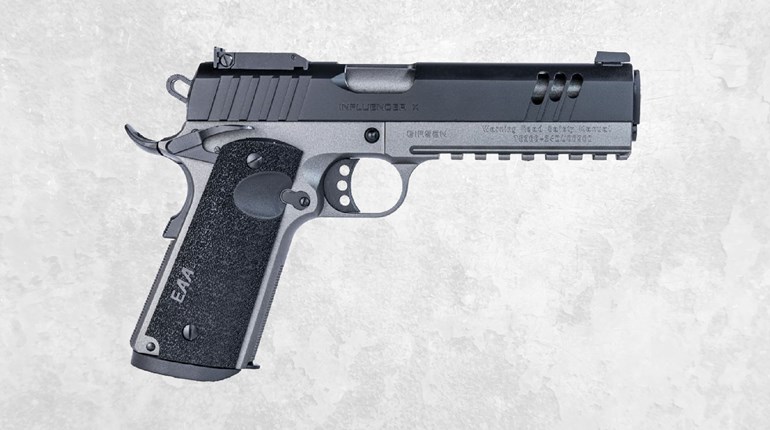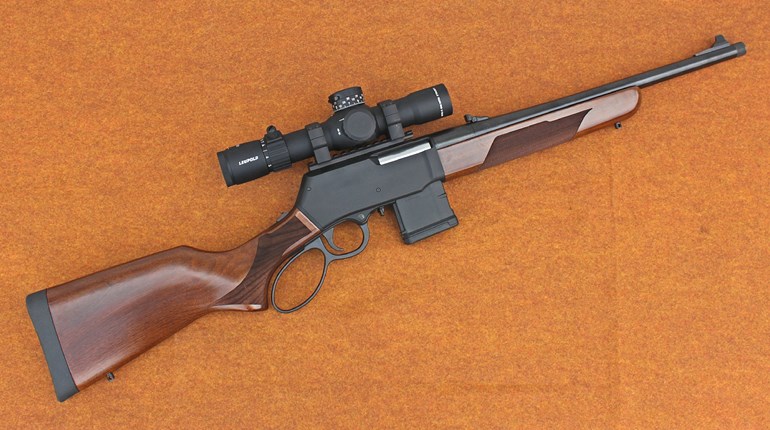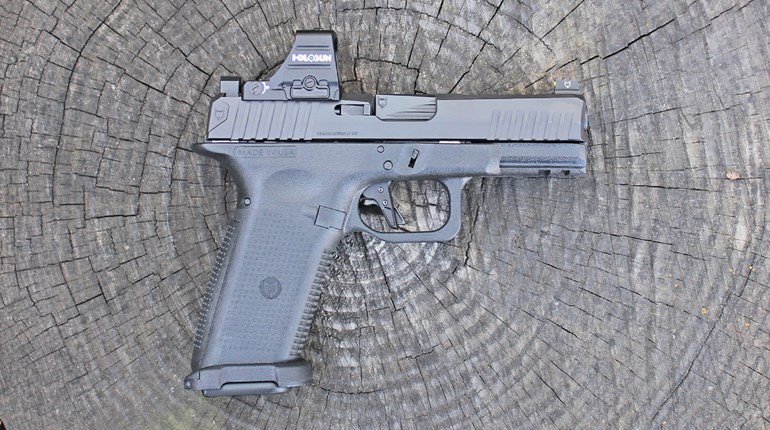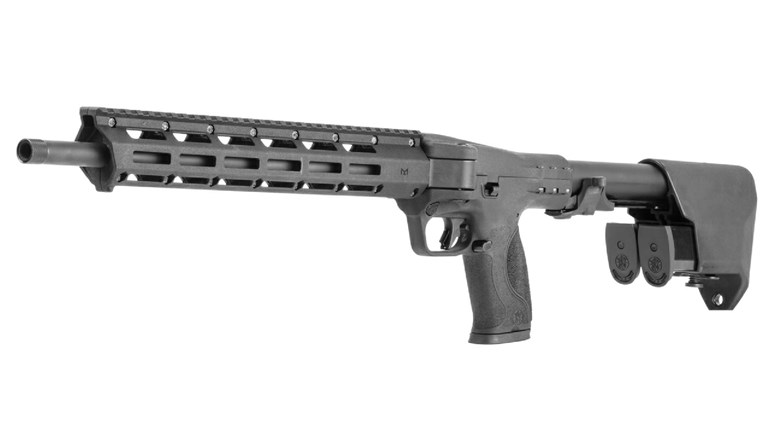
Perhaps one of the most common conversational questions asked of shooting sports enthusiasts is this: If you could only have one handgun, what would it be? During my three decades of related pursuits, the answer to that question has often been a medium-frame .357 Magnum revolver, such as the Ruger GP100 or Smith & Wesson 686, with six- or seven-shot cylinders and barrels between three- to four-inches in length.
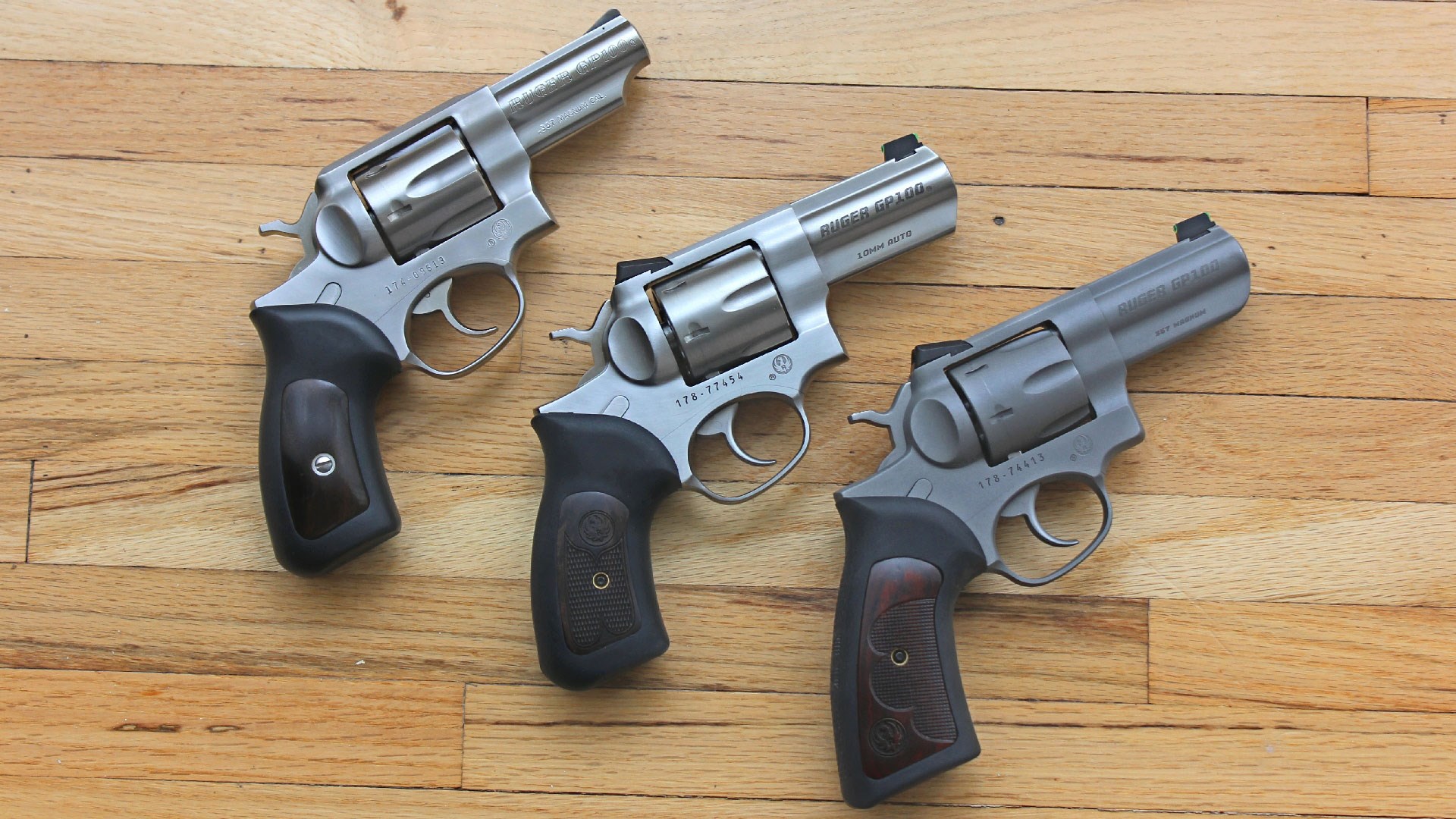
But these days, we are seeing more outdoors enthusiasts choosing to pack semi-automatic pistols chambered in 10 mm Auto in place of big-bore revolvers. And while there are some terrific steel-framed, single stack pistols which are top-notch options in this role, the polymer-framed models are currently picking up steam due to their reduced weight and double-stack ammunition capacities. For this conversation, I'm going to hone in on the polymer guns and save the all steel guns for another day.
So how did a semi-automatic pistol round which was rejected by a federal law enforcement agency in the 1990s metamorphose into a preferred caliber option for 21st century trail guns? Here are a few of the factors that have played a part in the roller-coaster evolution of this potent handgun cartridge.
A Quick Recap
The 10 mm Auto semi-automatic pistol cartridge, also known as the 10×25mm, came to market in 1983. It was the result of a collaboration between Norma Precision AB (formerly FFV Norma AB) and Dornaus & Dixon Enterprises, Inc. to provide a more powerful cartridge for the CZ 75-inspired Bren Ten pistol. This cartridge has storied development and production history which American Rifleman contributor Dave Campbell discusses in this write-up. Rather than repeat that conversation here, I'm going to touch on a few points which seem the most relevant to the trail-gun trend.
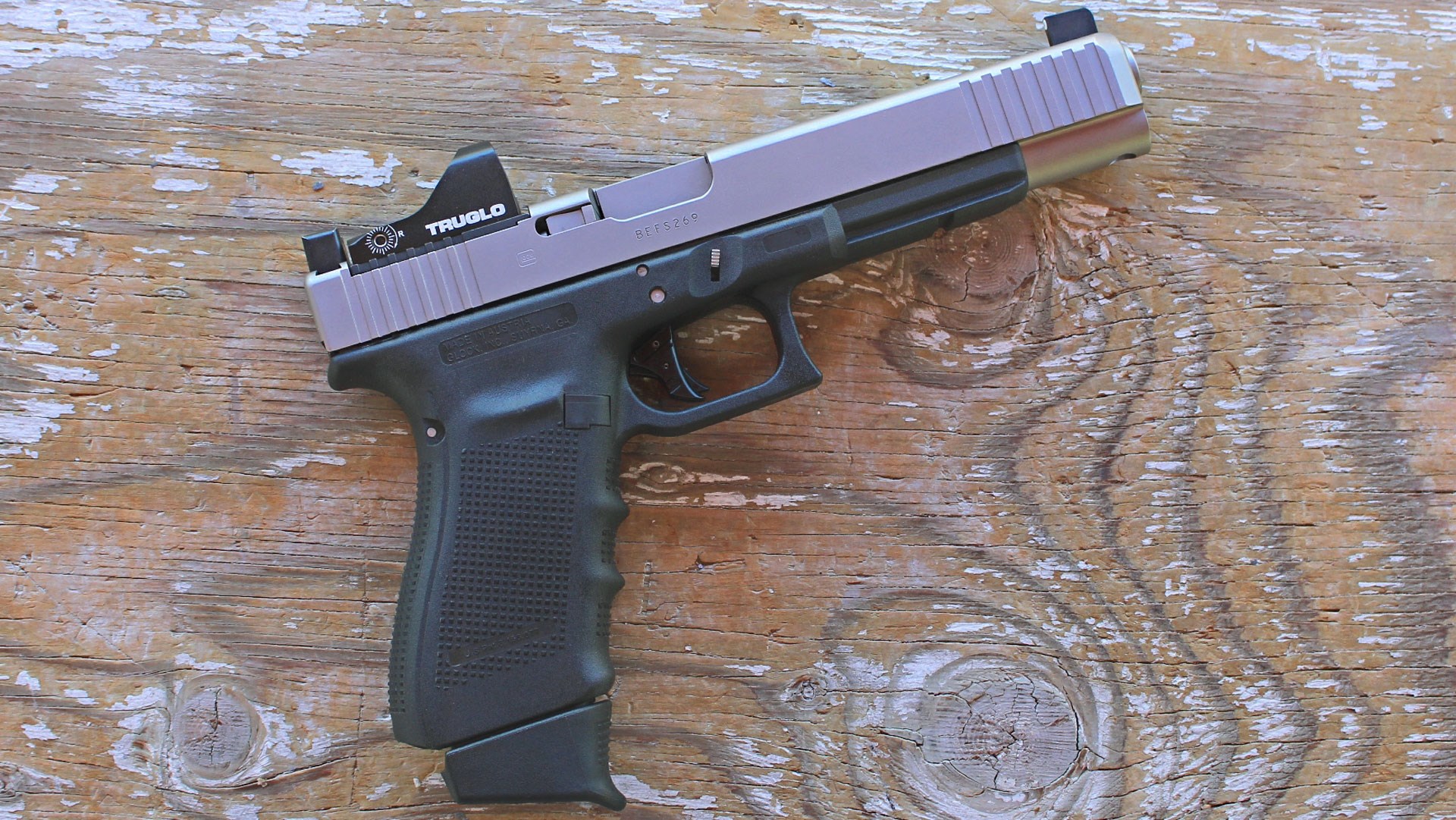
First, the full-power version of this cartridge proved to be a viable handgun-hunting round early on. As Campbell states, "The 10 mm Auto is perfectly capable of humanely taking deer-size game out to 75 yards and perhaps a bit further if equipped with an optical sight that can hold up to the cartridge."
Next is the FBI's short-lived adoption of the 10mm as a duty cartridge in 1989. Although agents’ complaints of excessive recoil would lead to the development and deployment of the softer shooting .40 S&W, various gun makers developed 10mm pistols believing they could become the FBI's next sidearm.
This competition for agency holster space led to the third—and possibly most important—event, which was the development of the Glock G20 striker-fired, polymer-framed pistol in 1990 and its launch in 1991. A variety of semi-automatics have been chambered for 10mm Auto off and on over the years. But it can be argued that Glock's stalwart dedication to the production of the G20 and other variants, through thick and thin, has served as a life raft to keep the polymer 10mm pistol concept afloat until its most recent surge in popularity.
Flexible Ammunition Performance
It's a bit of a head-scratcher for me that, for some firearms, offering a range of ammunition power levels is seen as a good thing, while in regards to the 10mm it's often touted as a 'bad' thing. Take medium-framed .357 Mag. revolvers, for example, which are commonly praised for their flexibility because they can fire three popular cartridges in four distinctive performance categories. Standard pressure .38-Special is softer shooting making it ideal for casual plinking, target practice and competition. The .38 Special +P—which operates at higher pressure levels than .38 Spl.—generates moderate levels of recoil with well balanced performance using hollow-point bullets. This makes it useful for personal and home protection. The .357 Mag. cartridge can provide hard-hitting performance with lighter bullets, for self defense, or heavier bullets suitable for handgun hunting and defense against dangerous game.
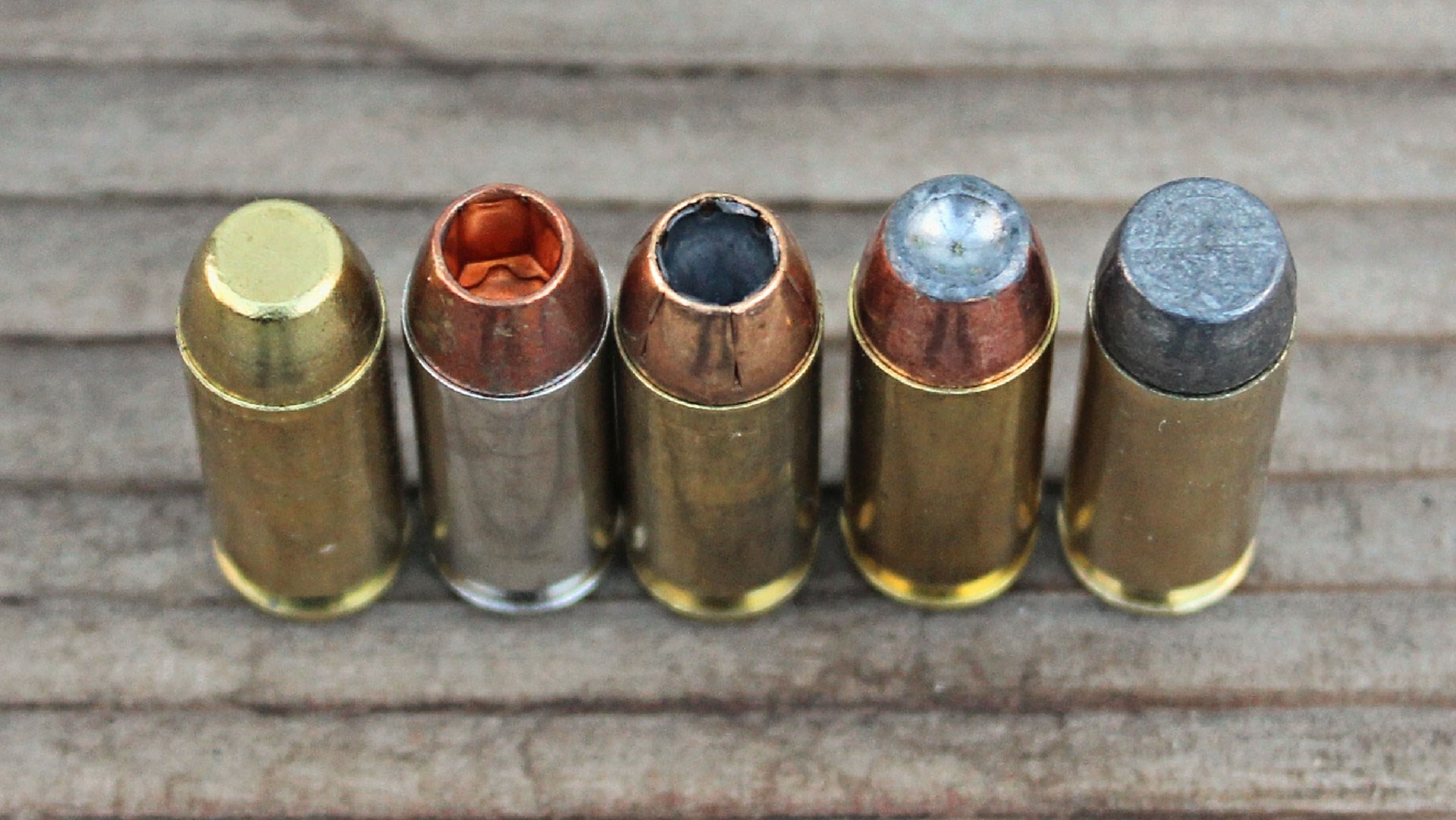
As for the 10mm Auto’s ammunition flexibility, it's a different story. The ammunition performance commentary often goes something like this, "When the 10mm first arrived it was a good, righteous cartridge, filled with power and promise. But then the FBI came along and ruined it. Ruined it! They turned this magnificent round into a weak, simpering shadow of its former self because of the whining from a bunch of weak-wristed pencil pushers. Unfortunately, ammunition manufacturers still mock their customers and this fine caliber by continuing to churn out powder-puff FBI loads. But thankfully some companies, who actually appreciate the 10mm for what it is, offer factory loads which perform at this round's true potential."
Most hand gunners will agree that full-power ammunition is a good thing, but not necessarily all of the time. If we set aside the past history, we find the following when scrolling though the 10mm cartridge offerings currently available. Commercial ammunition tends to be loaded at around 1,000 to 1,300-fps with some lighter-bulleted loads zipping along at up to 1,600 fps. Typical bullet weights range from 135 grains to 200 grains with a few boutique loads launching bullets as light as 60 grains or as heavy as 220 grains. Depending on the loads used, muzzle energy levels can range from a relatively sedate 400 ft-lbs. up to around 775 ft-lbs.
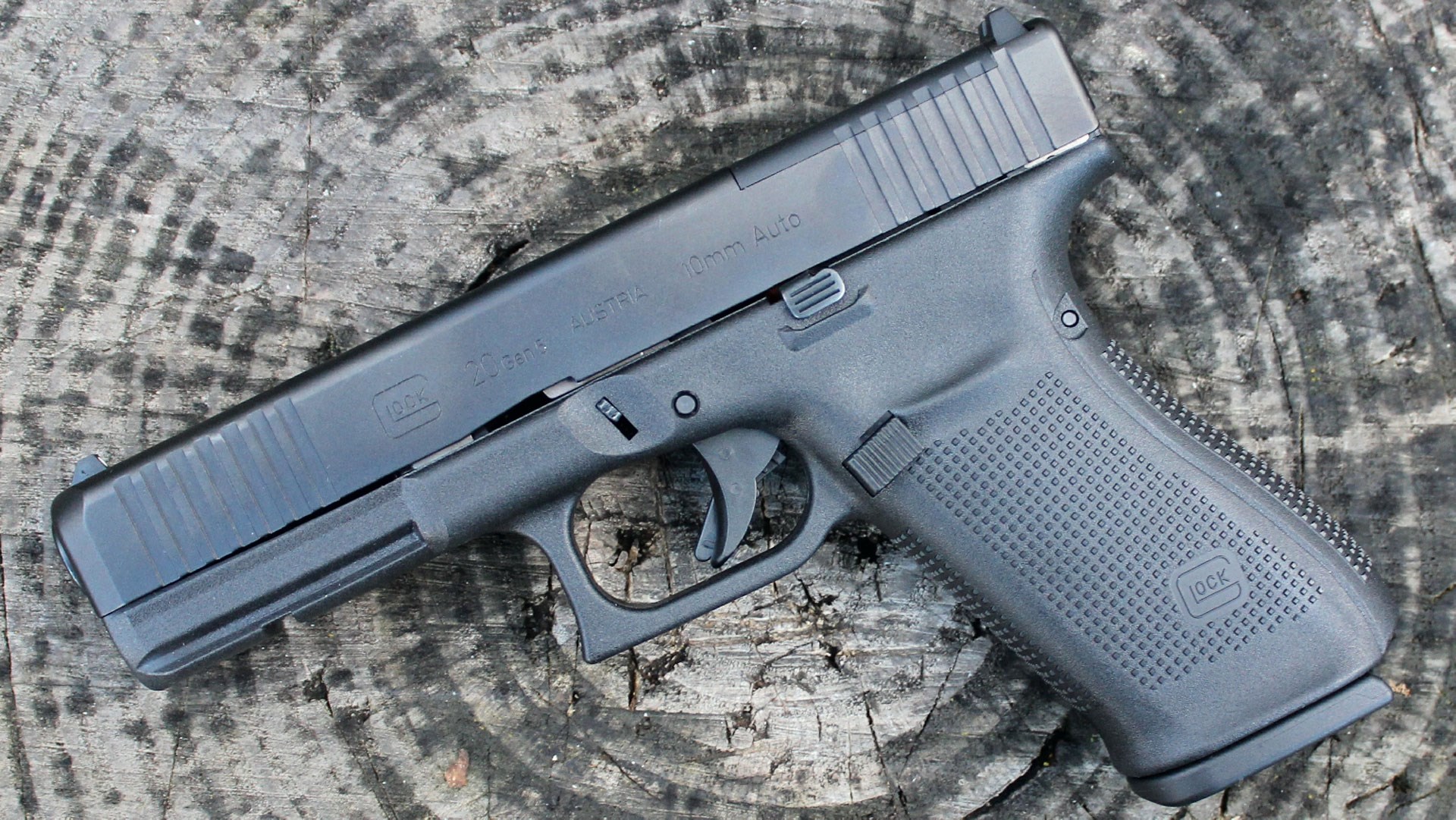
The typical practice-grade loads push 180-grain bullets at around 1,000-fps, which keeps felt recoil in the .40 S&W or .45 ACP range. As much as these loads are derided by some, this FBI-style ammunition is a great fit for training, target shooting and a bit of casual plinking. These days there is a solid selection of effective defensive hollow-point loads using 135-grain to 175-grain bullet weights which generate more moderate levels of recoil. And for those looking to do some handgun hunting, or to fend off dangerous game in the black bear or smaller size range, purpose-built expanding and non-expanding bullets in 175-grain to 220-grain will do the trick. In other words, ammunition flexibility for 10mm Auto pistols is comparable to that of a .357 Mag. revolver with some load options that hit even harder.
The Easy Packing Semi-Automatic Package
A head-to-head comparison of double-action revolvers versus semi-automatic pistols could drag on for pages since both have their advantages. For this discussion, let’s just hit the highlights for two guns that could reasonably be pitted against each other for trail-gun holster space, namely, a Ruger GP100 .357 Magnum and a Glock G20 10mm.
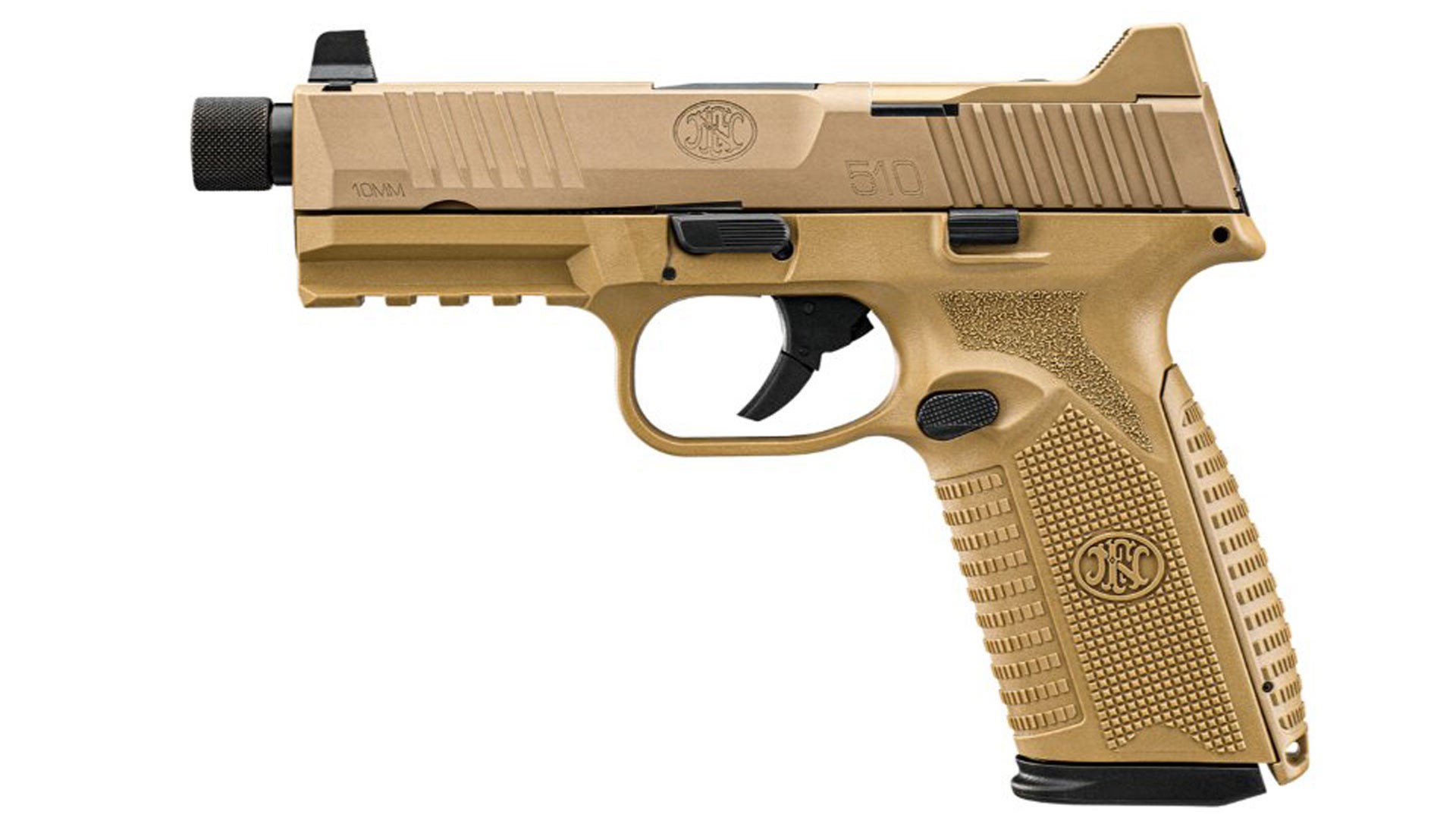
Those who have done their homework will note that .357 Mag. revolver muzzle-energy levels with typical 110-grain to 180-grain bullets fall into the same range as those of the 10mm Auto. With the acknowledgment that 10 mm has the potential to outperform the .357 with some loads, let's go ahead and call them close contenders in the performance category.
In regard to carry weight, a fully loaded Glock G20 with a 4.61-inch barrel and a stainless steel Ruger GP100 with a four-inch barrel and a six-shot cylinder both tip the scales at right around 40-ounces. So the playing field is essentially level here. As for durability, reliability and resistance to corrosive environmental conditions, the Glock and the Ruger can both take a licking and keep on ticking.
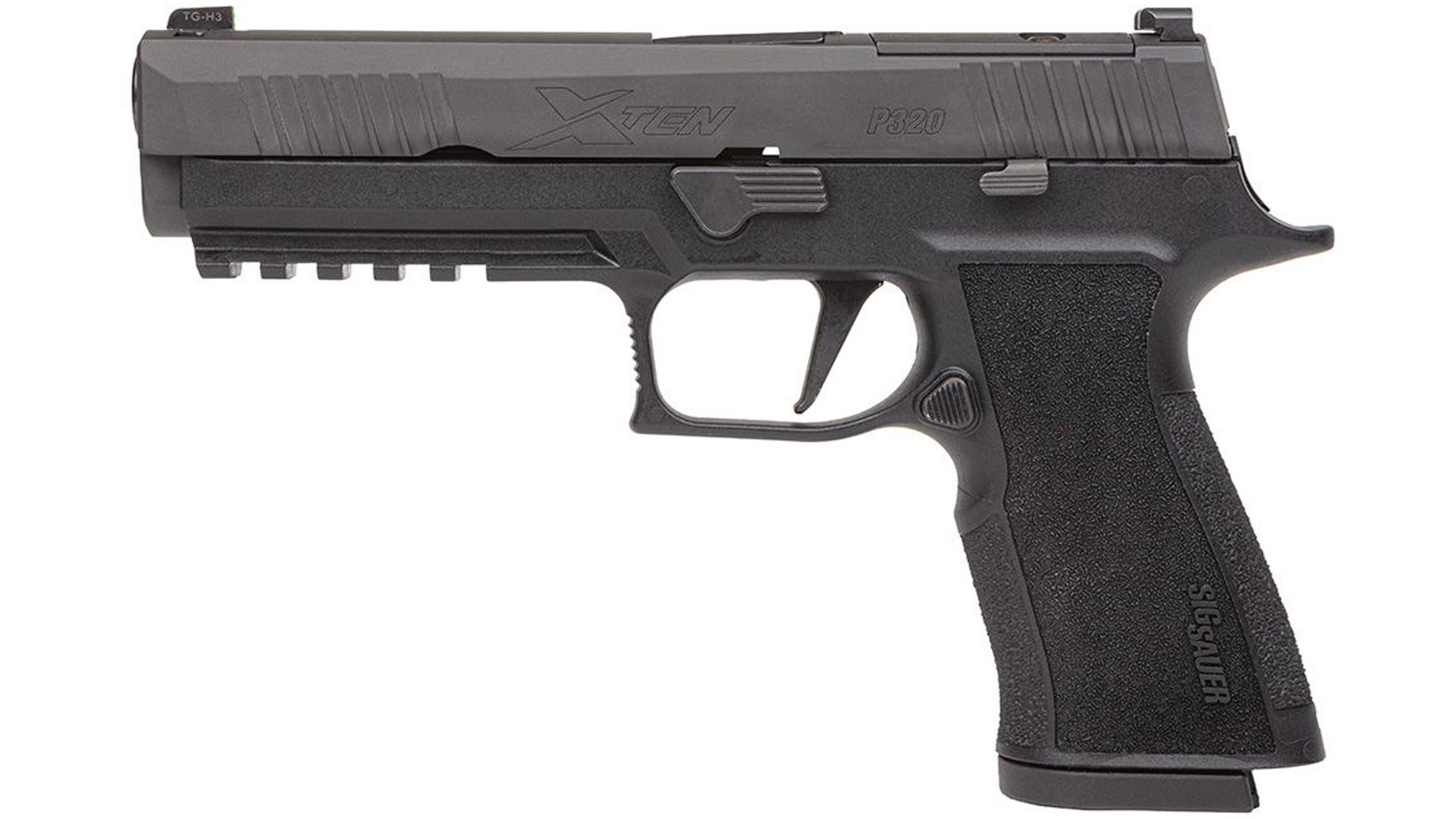
That brings us to the classic revolver versus semi-auto divide: profile, capacity and reloading speed. The GP100 is wider at the cylinder, holds six or seven rounds in that cylinder and can be reloaded most quickly by using a speed loader or ammunition strip. The Glock has a flat profile, carries 15+1 rounds of ammunition and can be quickly reloaded with another easy-to-carry 15-round magazine. Dangerous game attacks tend to happen fast and at close range. The benefit of more than double the rounds at the ready, which a double-stack 10mm semi-automatic provides, is a feature in its favor.
Pistol Familiarity & Transferable Training
While there are those of us who cut our teeth on wheel guns, there are now two generations of Americans who have joined the shooting community since double-action revolvers were supplanted by semi-automatic pistols as law-enforcement duty guns. For those of us who 'grew up' with revolvers, switching over from a concealed-carry five-shot .38 Spl. to a mid-size or large-framed revolver for use on the trail is fairly natural. The dimensions and recoil are different but the trigger pull and gun operations are fundamentally the same.
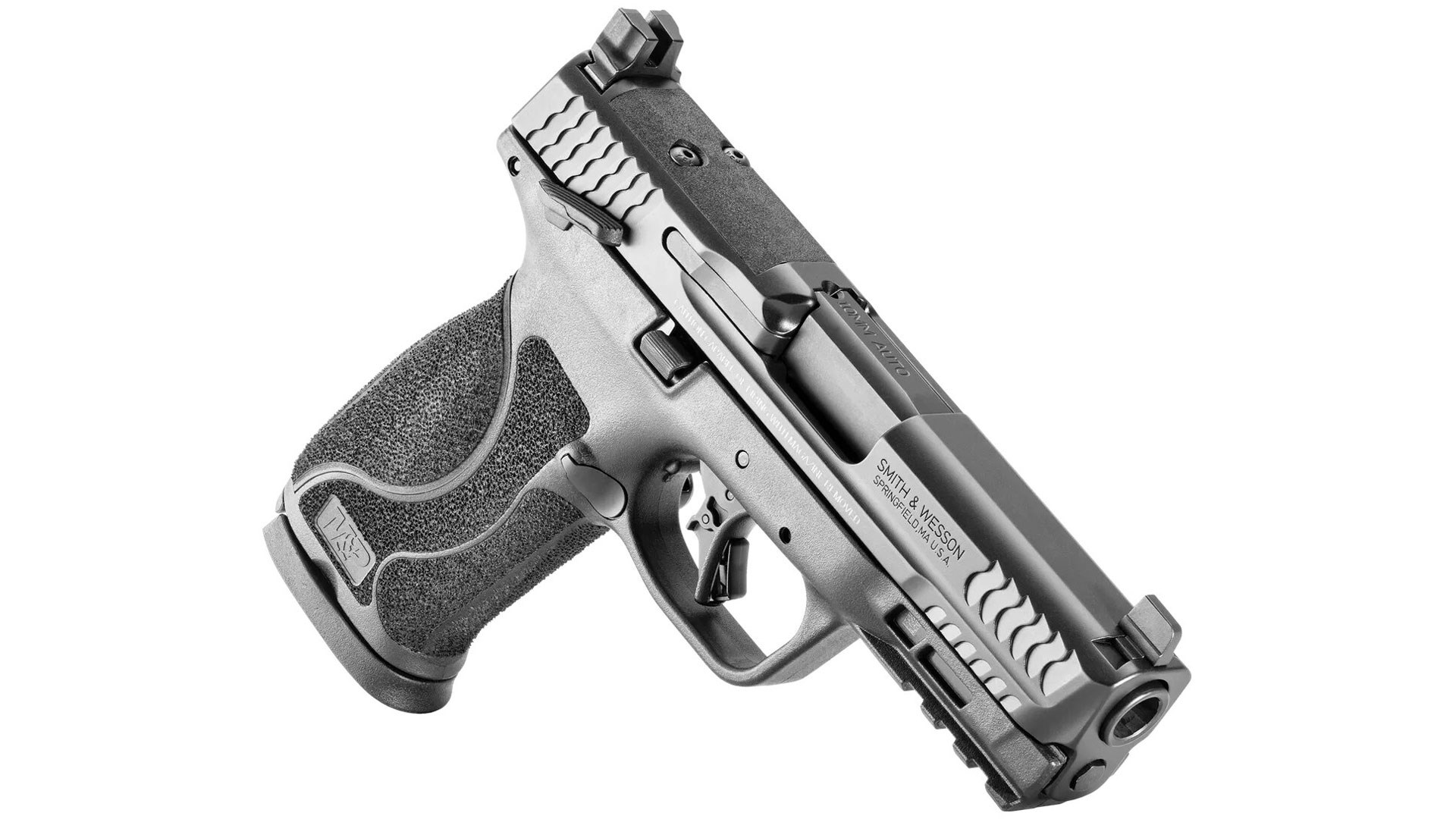
But for those who are used to compact, polymer-framed 9mm pistols for daily carry or home defense, switching to a big-bore, double-action wheel gun is an apples to oranges proposition. The revolver's weight, balance, trigger pull, grip shape, reloading process and malfunction clearance procedures are significantly different. Transitioning to a polymer-framed 10mm from a compact 9mm feels much more familiar. In this case, the trigger pull and gun operations are fundamentally the same. The time spent learning to run the 9mm can shorten the learning curve with the 10mm.
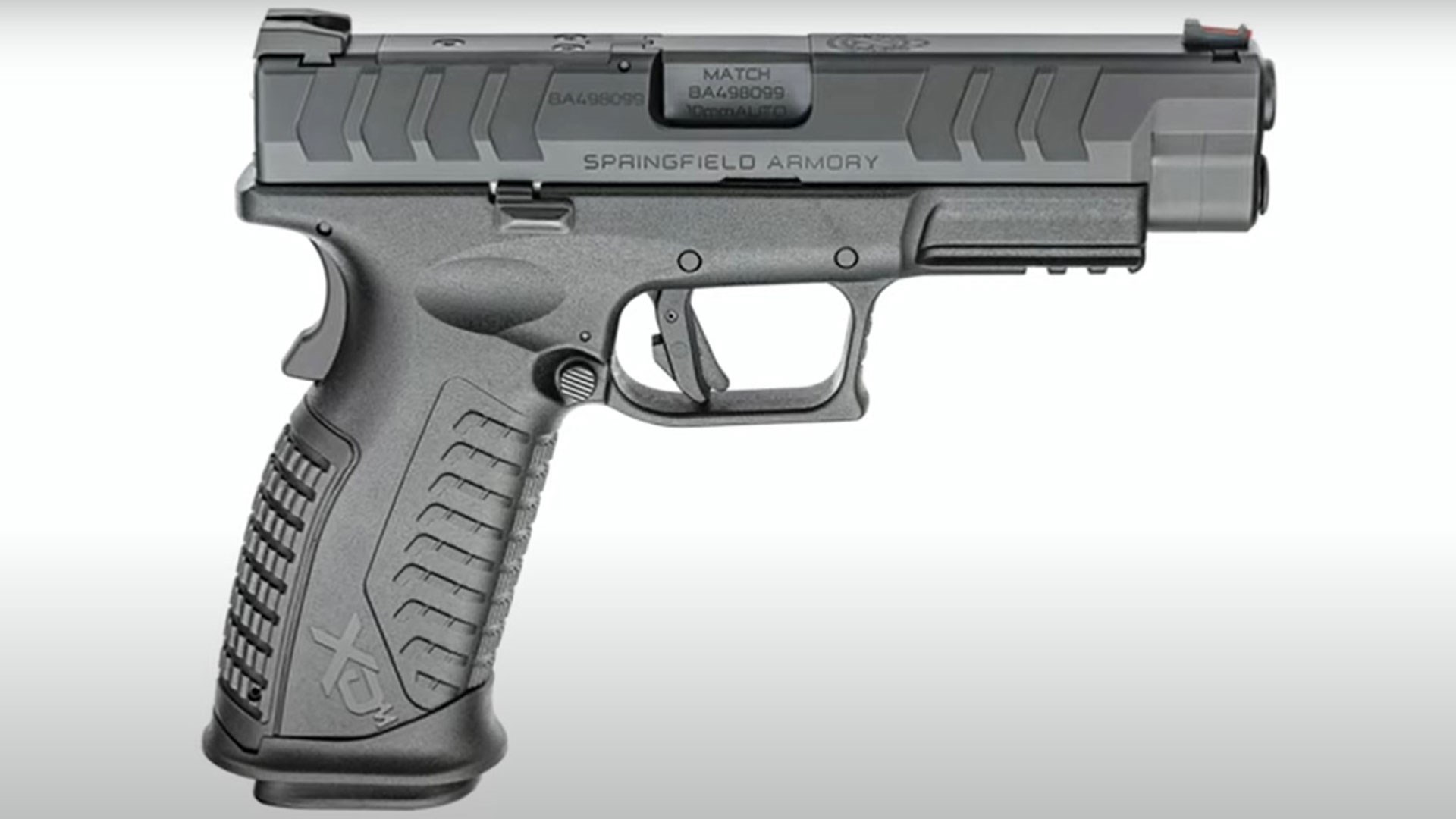
The 10mm Finally Goes Mainstream
The 10mm Auto has been considered a niche big-bore round for quite some time, but those days are past. Is it safe to say the 40-year old 10mm Auto is on its way to becoming the 'new' standard for big-bore, semi-automatic pistols in general, and potentially for use as a trail gun in particular. Of course, few things are sure when it comes to firearm market trends, but the indicators are there.
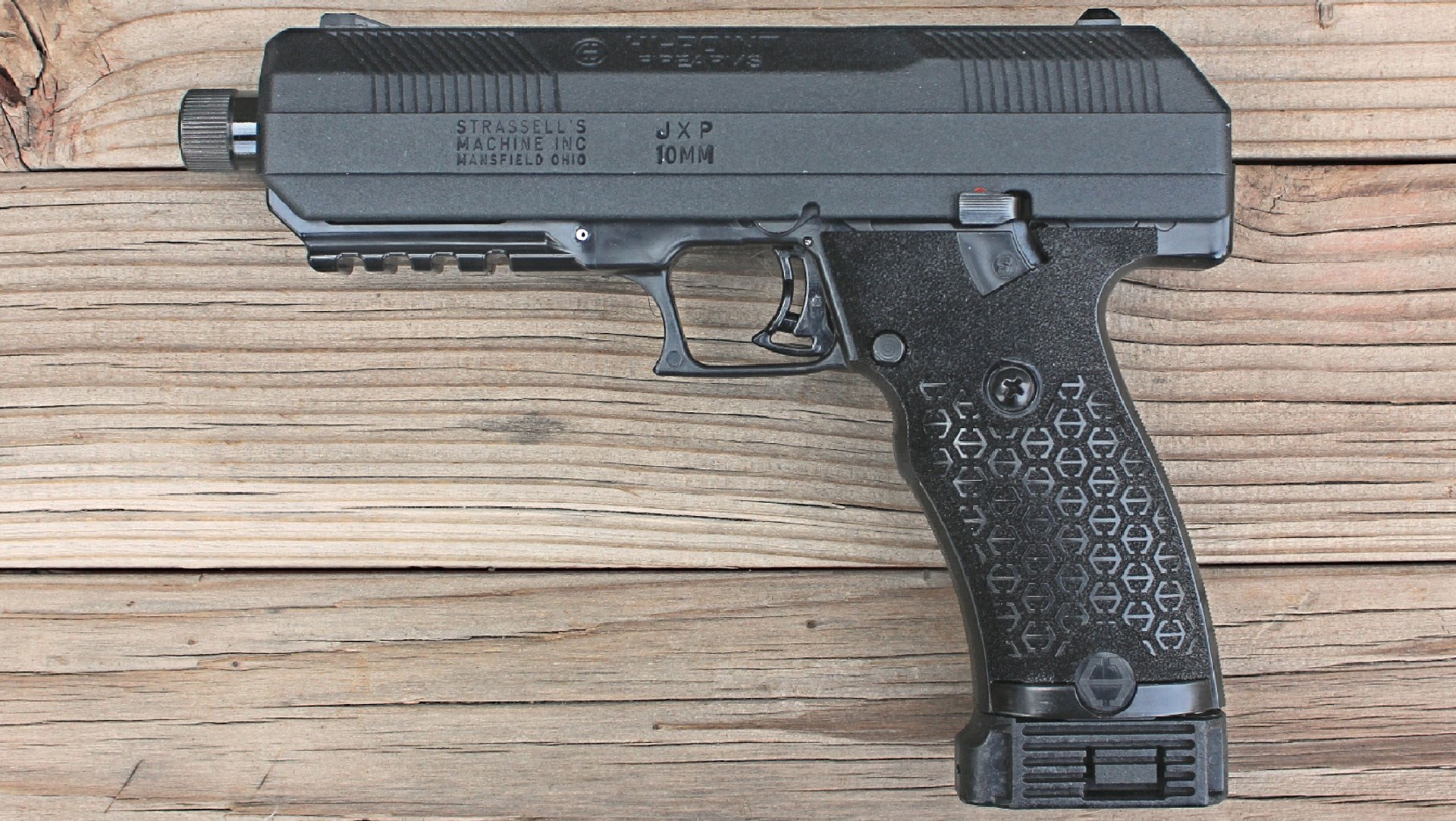
Demand for 10mm Auto polymer-framed pistols has resulted in the Glock G20, G29 and G40 models sharing display case space with standard and compact-size polymer models including the FN 510 Tactical, Sig Sauer P320-XTEN, Smith & Wesson M&P 2.0 10 mm and the Springfield Armory XD-M Elite, all in just a couple of years.
However, a cartridge is not quite mainstream until at least a few gunmakers are competing to offer the least expensive guns chambered for it. The 10mm Auto's journey from niche big-bore round to mainstream cartridge reached this important milestone in 2023, with the arrival of the budget-priced Hi-Point JXP 10 with a suggested retail price of $225. And just before the end of the year, the hammer-fired Taurus TH10 was launched with a listed price of $529.99 which is likely to translate into real-world prices the $475 range.
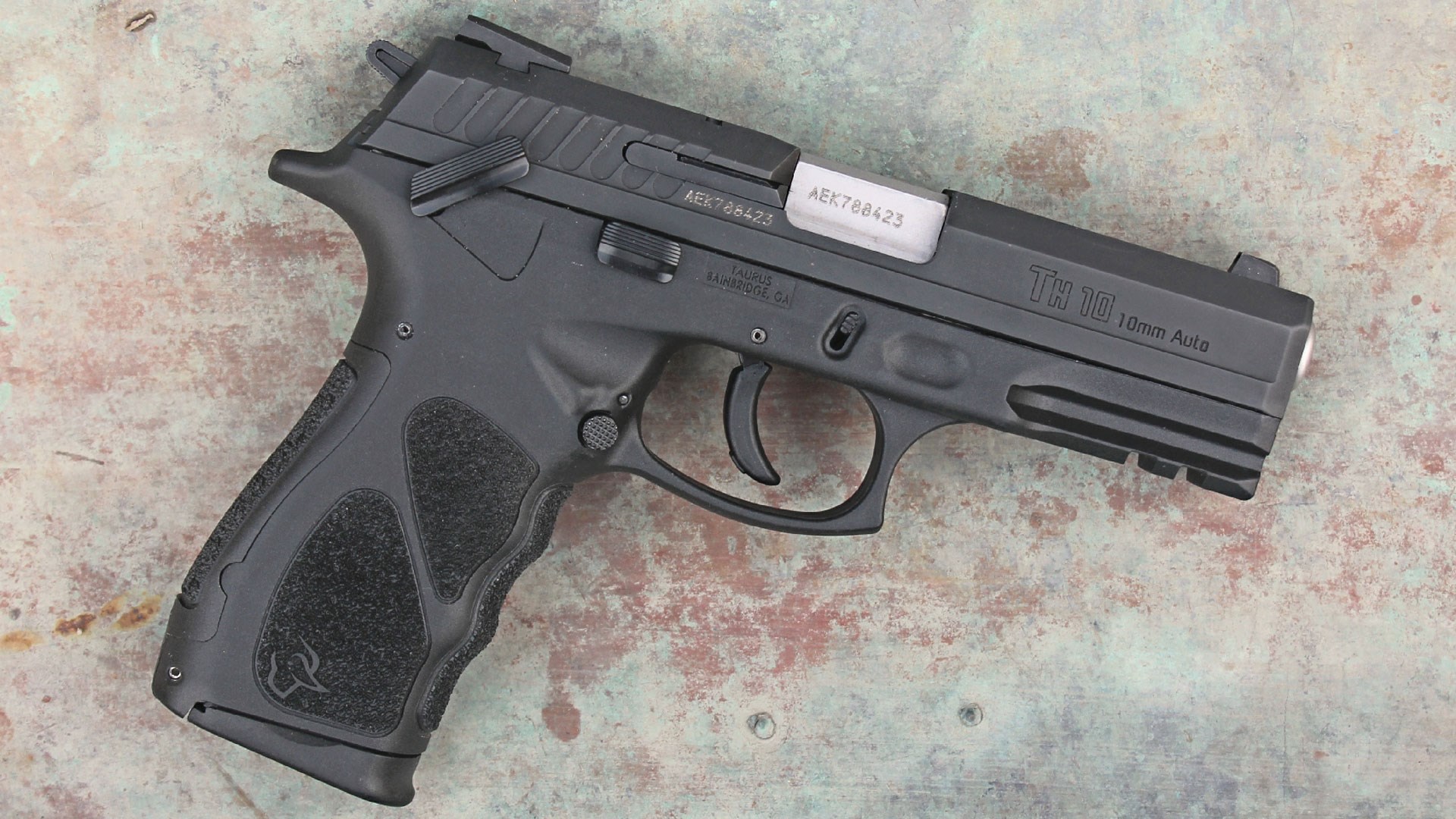
Add in the sub-$500 imported 1911 pistols chambered in 10mm and it's clear that the race to the bottom of the price range is on. Now that 10mm pistols are available at all price points, the cartridge should continue to find even more enthusiastic adopters among outdoor adventurers. And for those who want to enjoy the benefits of shooting 10mm Auto while sticking with their preferred wheel guns, Ruger's GP100 Match Champion and the Smith & Wesson Model 610 are terrific options.












